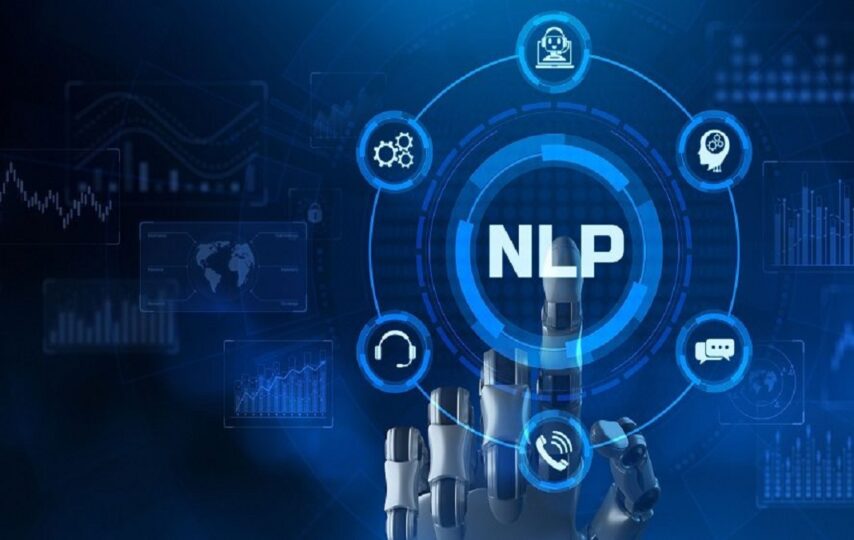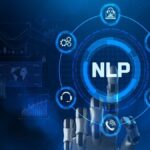Overview – Natural Language Processing
Natural Language Processing (NLP) is a branch of artificial intelligence that allows computers to evaluate, comprehend, and organize human speech and writing. Complexity, nuance, and absurdities contained in human speech are becoming better understood by text processing software, which is always improving.
Many organizations have indeed embraced Natural Language Processing (NLP) that helps them achieve better outcomes by extracting insights from enormous amounts of data; while also automating tedious and tiresome processes. Even in the midst of the epidemic, 53 percent of leaders said that their NLP expenditure was at least 10 percent larger in 2019 than it was the year before.
According to study conducted last year, the year 2020 had an influence on business throughout the world; but natural language processing (NLP) was a bright light for technological investments. This momentum has continued into this year; but we are still just scratching the surface of what NLP has to offer in terms of potential benefits to individuals.
Natural language processing (NLP) has played an increasingly important role in the analysis of documents and conversations during the past five years. Using its commercial applications, you can do anything from assessing patent applications to summarizing and connecting scientific publications, speeding up clinical trials, managing global supply chains, increasing customer service, and suggesting sports news. As the technology gets more widely utilize, a variety of developments are occurring; ranging from business expenditures in NLP software to typical use cases.
According to study conducted last year, the year 2020 had an influence on business throughout the world; but natural language processing (NLP) was a bright light for technological investments. This momentum has continued into this year; but we are still just scratching the surface of what NLP has to offer in terms of potential benefits to individuals. As a result, it’s critical to keep track of how the sector is changing.
Let’s check some trends of NLP in coming years
1) Additional elements in the customer service
Businesses all across the world have been forced by the epidemic to cope with an increase in ticket traffic; while still offering quick replies to critical inquiries from customers. During the year 2021, organizations will continue to automate basic customer care jobs to assist them in dealing with large volumes of client inquiries swiftly and effectively. Integrating natural language processing techniques with help desk software. For example, may assist agents save time by automating time-consuming processes like as categorizing and routing customer support requests; allowing them to devote their attention to higher-value work.
2) The Ascension of Low-Code Development Tools
If you wanted to construct an NLP model in the olden days; you needed extensive expertise of artificial intelligence and machine learning as well as coding, open-source frameworks, and other resources. Low-code tools, on the other hand, are making things more simpler.
While low-code or no-code technologies have been around for a while; their use has mostly been restricted to web and software development. This is changing. In the field of NLP, we could see the emergence of these tools as early as 2021 as well.
3) Market research and analysis.
Chatbots and software platforms that use natural language processing (NLP) may play an important role in market research and analytics.
For a chatbot that uses natural language processing to organize data and figure out raw data; anything from web-based media opinions and client evaluations to inward and outside inquiry requests, is a fantastic task.
4) Multilingual NLP Can Be Used
However, even if there are pre-trained word embeddings in a variety of languages; they may all be located in distinct Euclidean space. As a result, due to the inherent properties of a particular language; words that are equivalent in meaning might reflect various vector representations in practise.
As a result, developing NLP applications for various languages is difficult. It works by taking a large amount of labelled data and processing it. It then learns patterns and develops prediction models. When we need to develop NLP models that can scale well on a text that contains many languages; we may look to multilingual word vectors for NLP models that can scale successfully.
Bottom Line
It should come as no surprise that, given the vast amount of raw, unstructured data accessible today,;corporate natural language processing (NLP) solutions are among the most sought-after services. A single text or voice-based command from a user signals the beginning of intelligent man-machine dialogues; which in turn generate data for business insights and innovation.
Sentiment classification, information retrieval, intent acknowledgement, and text categorization are all possible with appointing the best NLP services company. They allow businesses to take advantage of the ability to analyse text solutions for developing artificial intelligence-based natural language processing applications. It make use of the greatest neural network models and tools, such as analytical thinking, text normalization, and automated text labeling.






